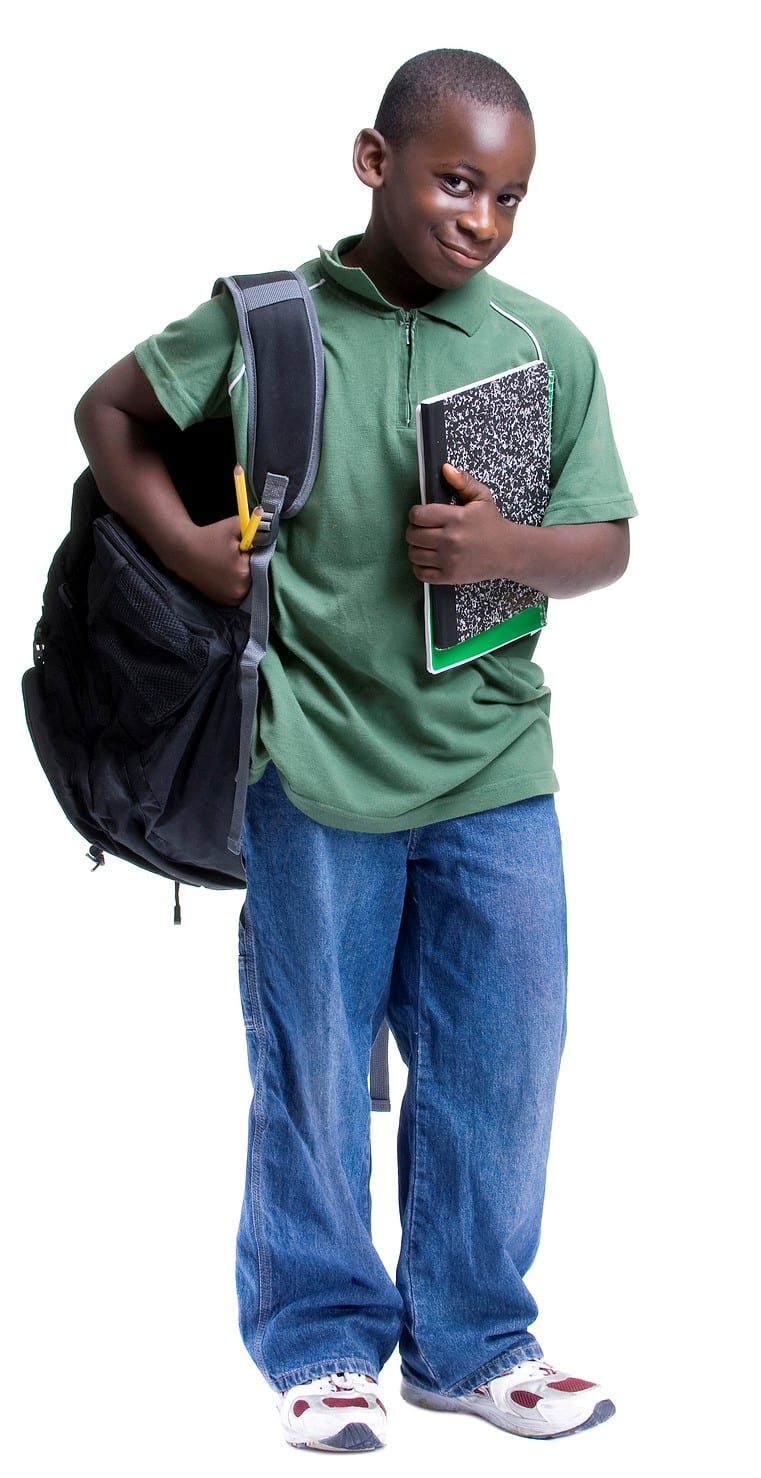At Home Alone: Is Your Child Ready?
 There comes a point in time when a parent faces the decision to leave a child at home alone. In most cases, it’s for short periods of time, mostly before and after school. Families might even find themselves in a situation where parents or the childcare provider are delayed unexpectedly, leaving children to care for themselves. With advance planning and preparation, however, parents and children can feel more confident and ready for this first step towards a child’s independence.
There comes a point in time when a parent faces the decision to leave a child at home alone. In most cases, it’s for short periods of time, mostly before and after school. Families might even find themselves in a situation where parents or the childcare provider are delayed unexpectedly, leaving children to care for themselves. With advance planning and preparation, however, parents and children can feel more confident and ready for this first step towards a child’s independence.
As a parent/guardian, how do you know when your children are ready to look after themselves for short periods of time? How do you prepare a child to stay home alone? Deciding to leave a child can be a very difficult decision for families. Children’s Aid Societies in Ontario Canada recommend that parents do not leave children younger than 10 years of age to care for themselves. This may be different in your area. Check with your local Children’s Aid Society for the recommended age.
Enrolling your child in SOS 4 Kids’ Home Alone Safety for Kids! course is a great step in helping to prepare your child or children for the exciting and sometimes scary event of leaving them without adult supervision. This comprehensive safety program for children 9 – 12 years old will help guide families by encouraging effective communication and planning to determine if and when families are ready for this important step.
Children learn about street smarts, people safety, routines and expectations, internet safety, sibling rivalry, injury prevention, fire safety and basic first aid.
Not all children are responsible enough by age 10 to stay home alone and no child should be forced to stay home alone if not ready. Nor does taking the home alone course guarantee that a child will be ready to stay on their own.
Here are some signs that your child may be ready to stay home without adult supervision for short periods of time.
- Your child is at least 10 years of age.
- Your child follows family rules and instructions well.
- Your child knows his/her full name, address, major intersections and phone number.
- Your child knows and understands when to contact 911.
- Your child is not afraid to stay home alone.
- Your child knows what to do when the unexpected arises.
- Your child knows basic first aid, where the first aid kit is and how to use its contents.
- Your child knows how to lock the door routinely.
- Your child knows how to contact a trusted adult if needed.
Once families are comfortable with the idea of leaving children without direct adult supervision, parents/guardians are required to ensure that they have made every effort to ensure the child’s safety. This includes:
- Ensuring children know their full name, address and phone number.
- Ensuring children know how to contact parents/guardians.
- Ensuring children know when and how to contact 911.
- Ensuring children know how to get home safely.
- Ensuring children know how to lock and unlock the front door.
- Setting up some form of communication (phone, email, texting) for children to use to inform parents/guardians that they have arrived home safely.
- Ensuring children know what to do in the event of a variety of emergencies like fire, persistent stranger or flooding toilet.
- Ensuring children know where the first aid kit is located and how to perform basic first aid.
- Ensuring children remain occupied with constructive activities until parents/guardians get home.
- Establishing clear Rules and Expectations.

